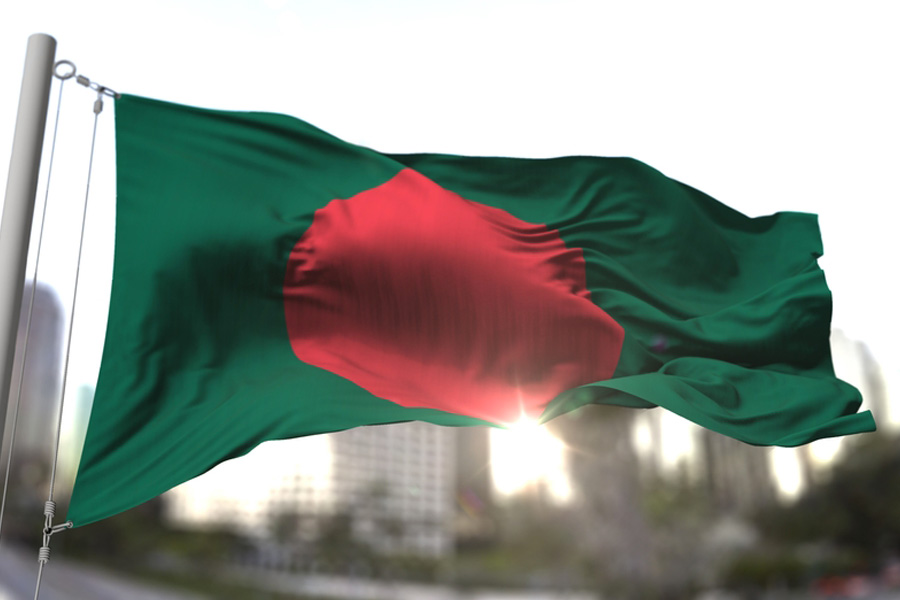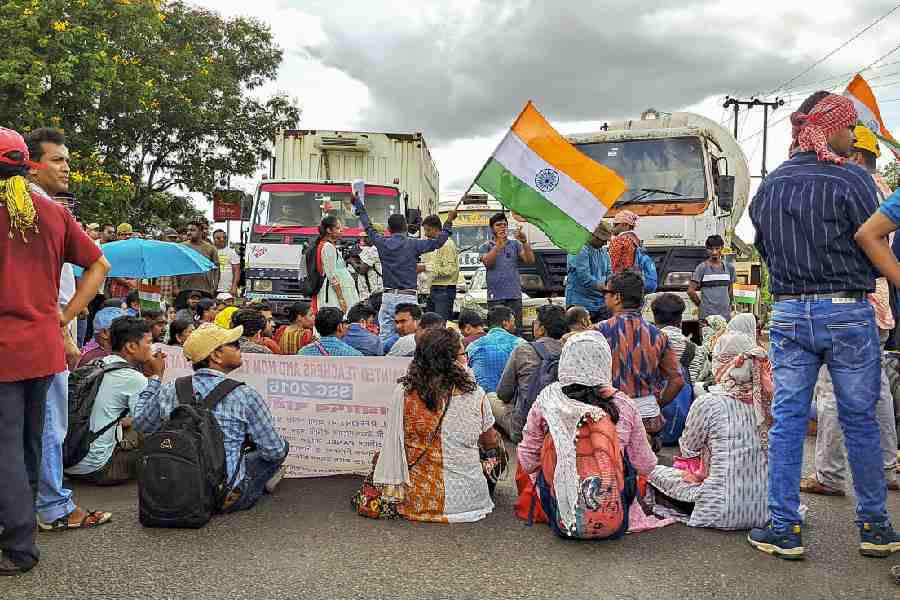My younger son loathed Indian food ? or so, much to our embarrassment, he claimed all the years he was in India. What he craved for were hamburgers and hot dogs. But as soon as he went to college in the US, and was faced with as many hamburgers and hot dogs as he could manage, what he longed for was Indian food. I would have attributed this to the common enough failing of always wanting what could not easily be had, except for the fact that over 20 years abroad has still not cured him of his yearning for tandoori chicken or machher jhol or sambar or anything with masalas.
I was reminded of this when I read an article recently in this paper on Bengali-American eating habits. The very first sentence of the article said it all. What makes a Bengali Bengali? The answer always seems to lie in fish. This article reported on a study by a Bengali-American, Professor Krishnendu Ray, of meals and memories in Bengali-American households. In his study, covering a sample of 1,000 Bengali families in the US and entitled The Migrant?s Table, Ray speaks of how he was ?waylaid by that disreputable phenomenon ? nostalgia or the idealising of home-cooked food.? His explanation for this phenomenon is simple. ?We grew up in communities of taste,? he says. ?It is subconsciously embedded.?
But, as he claims, is the community of taste lost in the act of migration? I doubt it very much. The last bastion to fall in the matter of ?detribalisation? is always food. The real trouble is that Indian food does not taste the same abroad. Fish might be plentifully available, but what the Bengali wants is freshwater fish. Indian shops in the US now occasionally sell hilsa, and for the folks from western India, ?pamphlet?(sic), but neither the ilish nor the pomfret on offer is anything like what can be got back home. A curry, made with beef or lamb instead of mutton, tastes quite unauthentic. And puchkas and jhal muri, made with clean water and hygienically packed spices, taste all wrong outside their street environment!
Yet the hankering for Indian food remains. Indian bachelors abroad, forced to fend for themselves, may adjust to local food but once they marry girls from home, they revert to wanting their daal-bhaat. The food may not compare with what they grew up eating, it may take twice as long to prepare as local dishes, where the oven does the bulk of the cooking, yet the majority of Indian households abroad stick to their own cuisine. One sometimes wonders why. Could it be a matter of associations and memories ? or a means of reinforcing one?s identity? And can the latter succeed? First-generation immigrants may struggle to remain stalwartly Indian, but what their children want are hamburgers, hot dogs and cheese macaroni!










